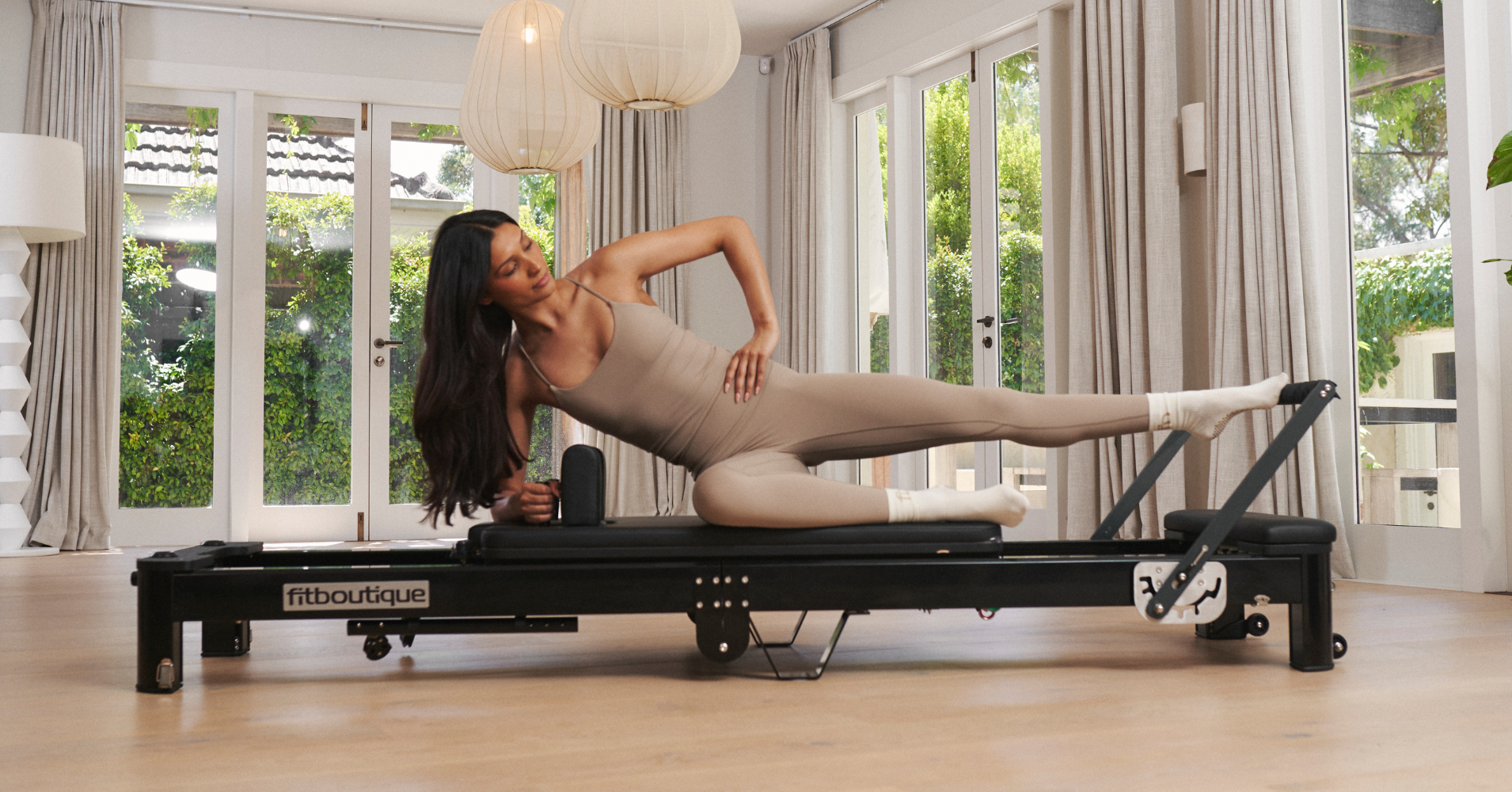
Choosing the Right Location for Your Pilates Studio
Picking the perfect spot for your Pilates studio can make or break your business.
The right location sets the tone for your brand, attracts your ideal clients, and gives your Reformer Machines the spotlight they deserve.
This guide breaks down the key factors to help you lock in the best possible space — whether you're launching your first studio or expanding your Pilates empire.
1. Know Your Target Market
Start with clarity.
Who are you actually serving?
Are you targeting busy professionals in a city centre, new mums in the suburbs, or athletes training for performance?
Your ideal client should shape your location decision.
If your clients value convenience, choose a location with easy access and parking.
If your audience is high-end, look at premium areas that reflect that vibe.
Pro tip: Set up where your audience already is.
No need to convince them to travel far when your studio is right in their zone.
2. Visibility Matters
You could have the best Reformer Machines in the game (and you do, thanks to FitBoutique),
but if no one can find you — it won’t matter.
Choose a space that’s visible from main roads or walkways.
Window signage, natural light, and clear branding all make a big impact.
Bonus: High foot traffic = built-in marketing.
Let your studio do the advertising for you.
3. Accessibility and Parking
Your studio should be easy to get to.
Plain and simple.
Look for:
-
On-site parking or nearby public options
-
Proximity to bus stops or train stations
-
Ground floor access or lift if you’re upstairs
Your clients shouldn’t have to fight to get to class.
Make the experience smooth from start to finish.
4. Space and Layout
A Pilates studio isn’t just four walls — it’s a movement space.
You need enough room for flow, form, and functionality.
When inspecting a potential site, consider:
-
Ceiling height (especially for jump boards and towers)
-
Open floor layout for group classes
-
Ventilation and natural light
-
Storage for accessories and props
-
Room to showcase your Reformer Machine lineup
FitBoutique’s foldable options like the Ivory Fold Reformer are perfect for tight spaces, but always plan with growth in mind.
5. Zoning and Regulations
Don’t sign a lease until you check local council regulations.
Some commercial spaces aren't zoned for fitness or may have noise restrictions.
You’ll also want to look into:
-
Insurance requirements
-
Fire safety codes
-
Accessibility standards (especially for NDIS or older clients)
Get this sorted early so you're not slapped with compliance issues down the track.
6. Surrounding Businesses
What's the vibe of the neighbourhood?
Being next to a health food café, yoga studio, or wellness clinic can help position your Pilates studio as part of a holistic lifestyle hub.
On the flip side, steer clear of noisy businesses (like auto repair shops or nightclubs) that could disrupt your sessions or kill the mood.
Proximity to complementary businesses = more visibility and cross-promotion opportunities.
7. Rent and ROI
Yes, location is key.
But it needs to make financial sense.
Balance your dream space with your budget and growth plans.
Make sure rent doesn’t drain your profits before your studio even opens.
Crunch the numbers:
-
Cost per square metre
-
Predicted client numbers
-
Break-even point
And remember — a smaller, well-designed studio with premium gear like FitBoutique’s Onyx Reformer can easily outperform a larger space with subpar equipment.
Final Thought: Build with Intention
Your studio should reflect your brand, support your clients’ goals, and showcase the quality of your equipment.
Don’t settle for “good enough.”
With the right location and the right Reformer Machine setup, your Pilates space can become the go-to studio in your area.
Need help choosing the best reformers for your new space?
Chat with our team anytime — we’re here to help you build a studio that moves with purpose.
Reformer Pilates Range
Frequently Asked Questions
How much space do I need for a reformer bed?
Space Requirements for Your Reformer
A FitBoutique reformer requires approximately 245cm x 68cm (2.45m x 0.65m) of floor space. Here's what this means for your space planning:
For Home Users
Length: 245cm (8.04 feet)
Width: 68cm (2.13 feet)
Recommended clearance: Add at least 30cm on each side and end for comfortable access
Total recommended space: 305cm x 125cm (3.05m x 1.25m)
For the Onyx Fold model specifically:
Same footprint when in use (245cm x 65cm)
When folded: Takes up significantly less floor space in vertical storage
Ceiling height consideration: Ensure adequate height for vertical storage
What's the difference between commercial and home reformers?
While both offer similar exercise capabilities, commercial reformers typically feature heavier-duty construction, enhanced weight capacity, and more extensive warranty coverage. However, premium home models like the Onyx series bridge this gap with commercial-grade components.
How often should I maintain my reformer?
Regular maintenance includes weekly cleaning, monthly hardware checks, and quarterly deep cleaning of tracks and wheels. Premium reformers come with detailed maintenance guides to ensure optimal performance and longevity.

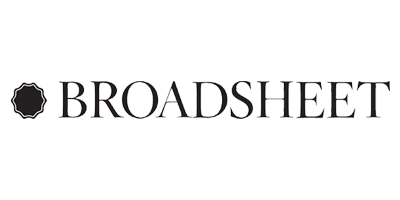











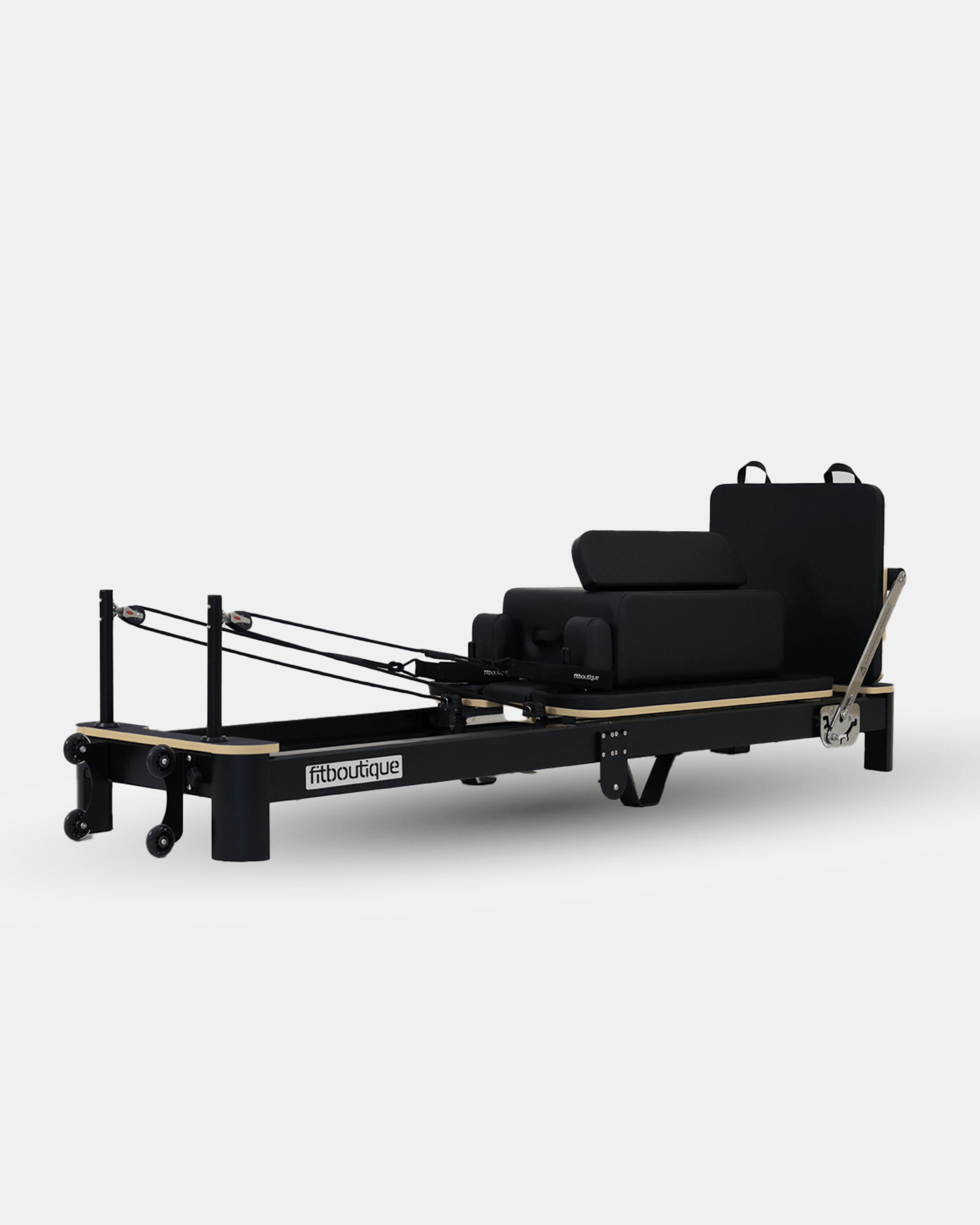
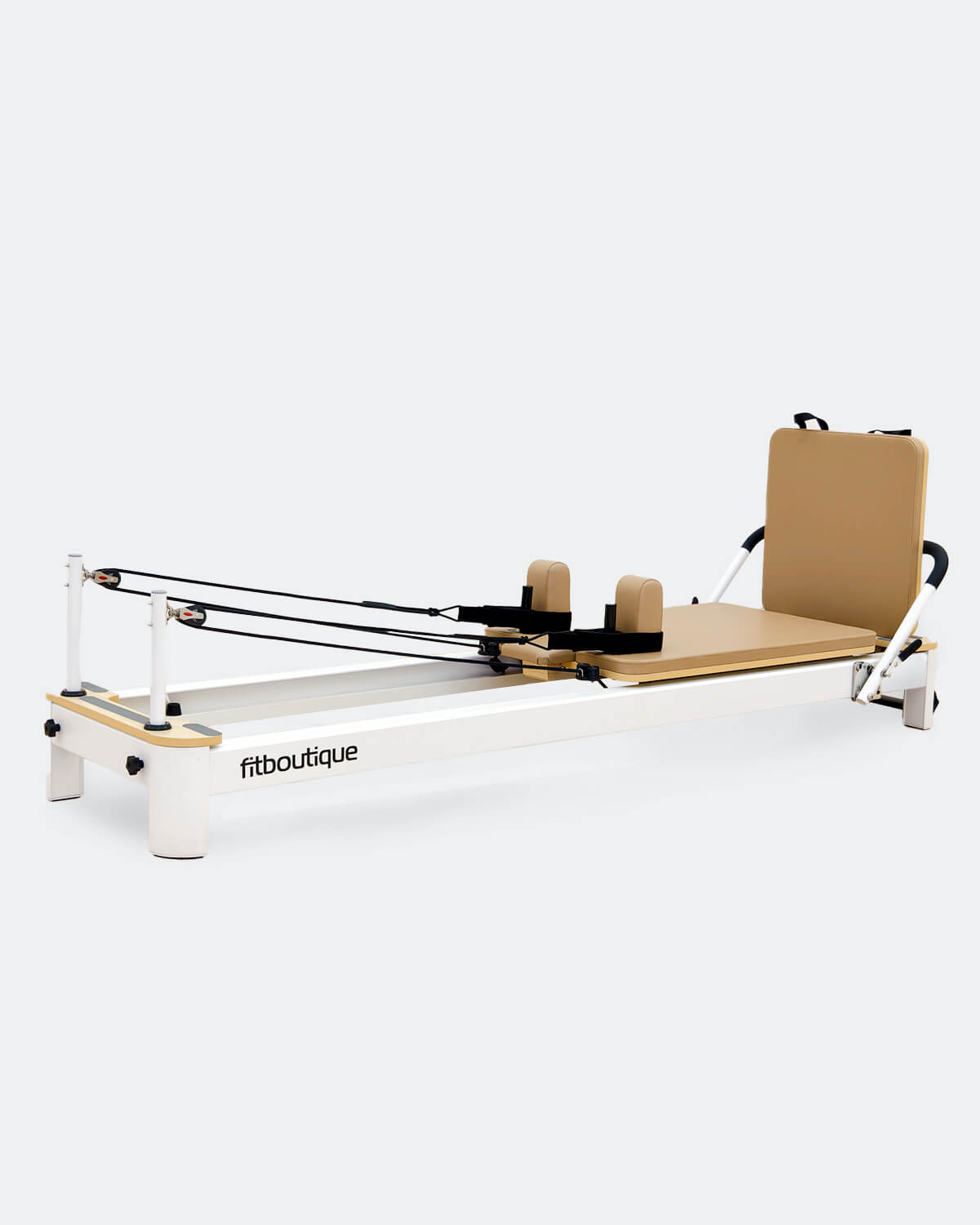
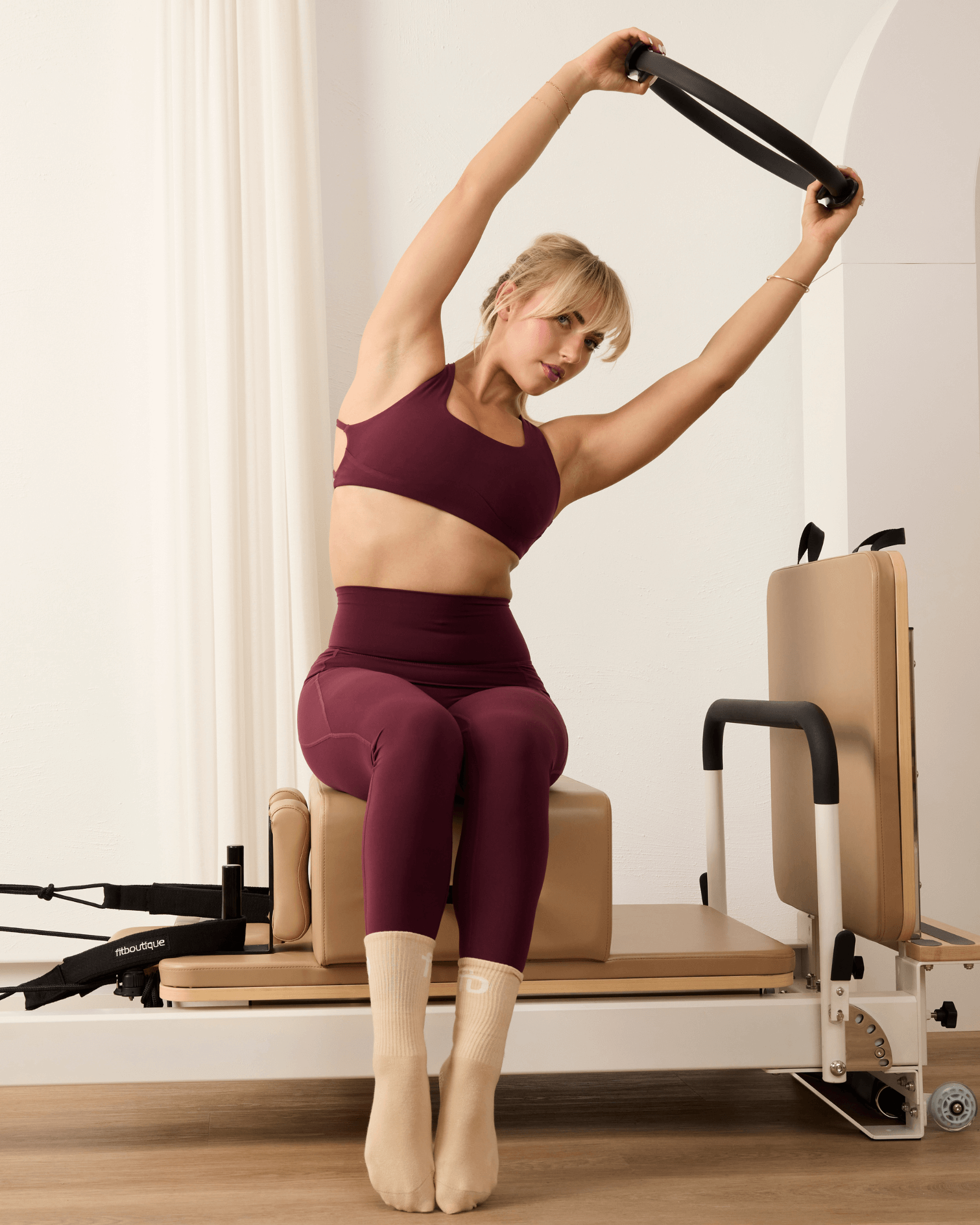
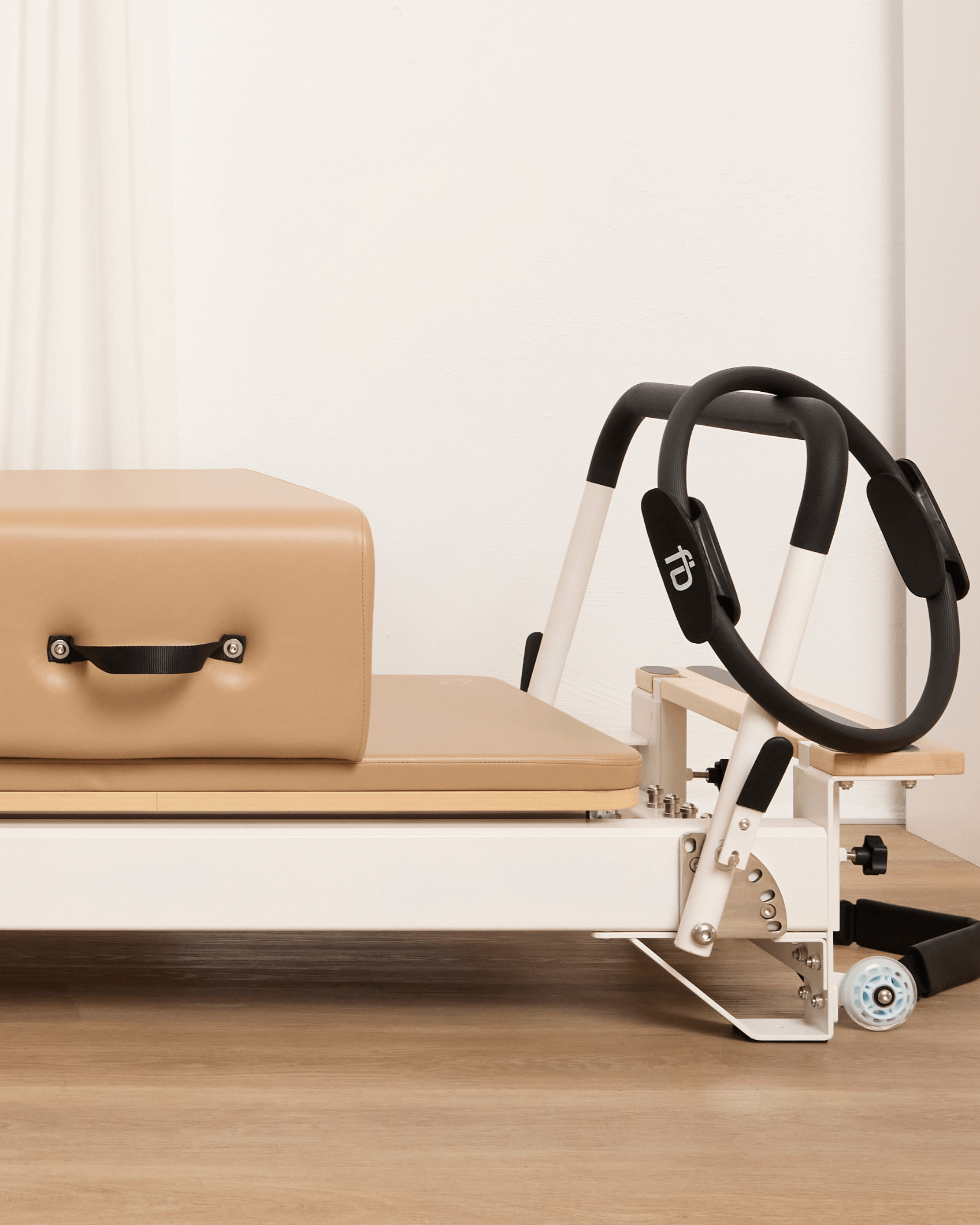
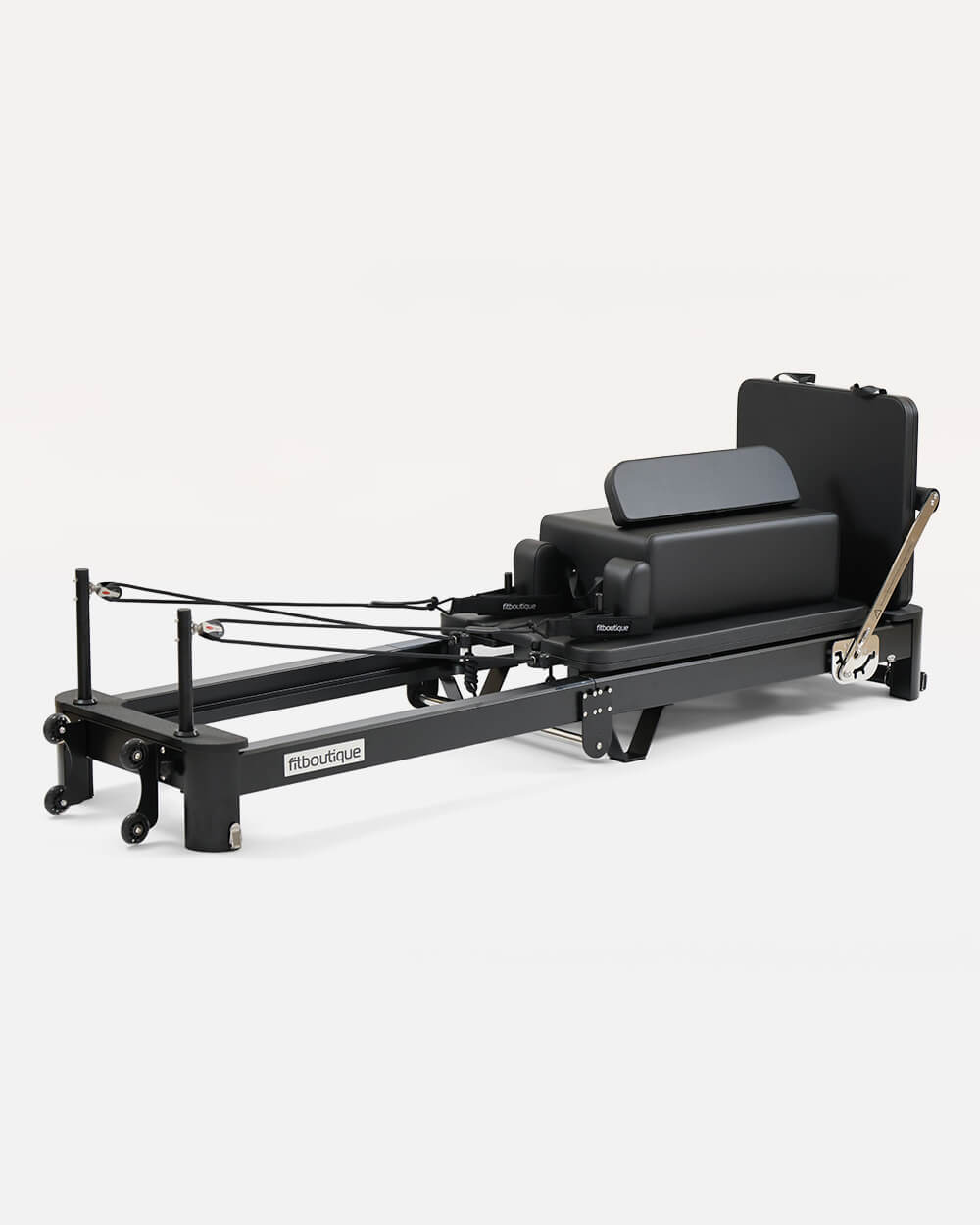


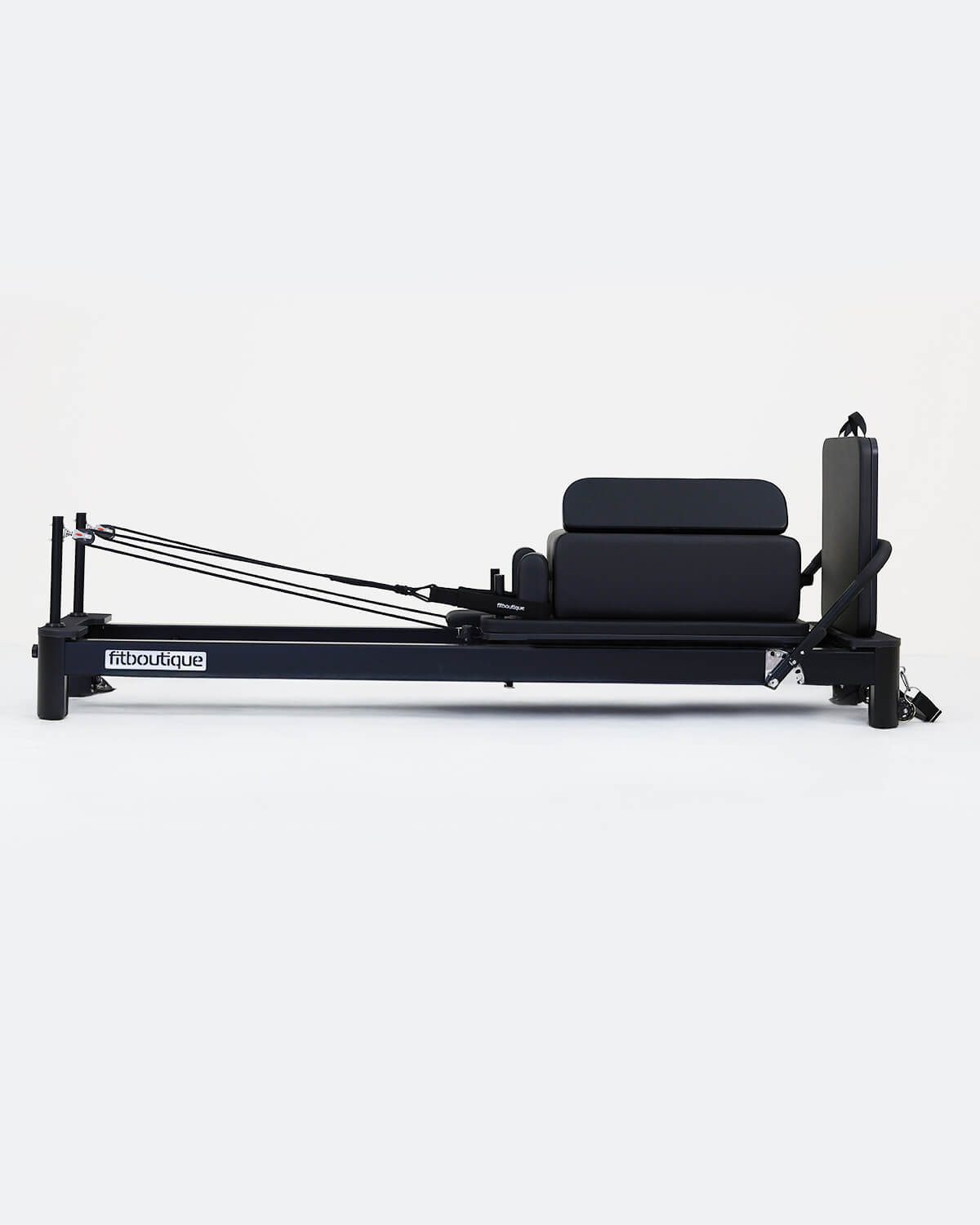
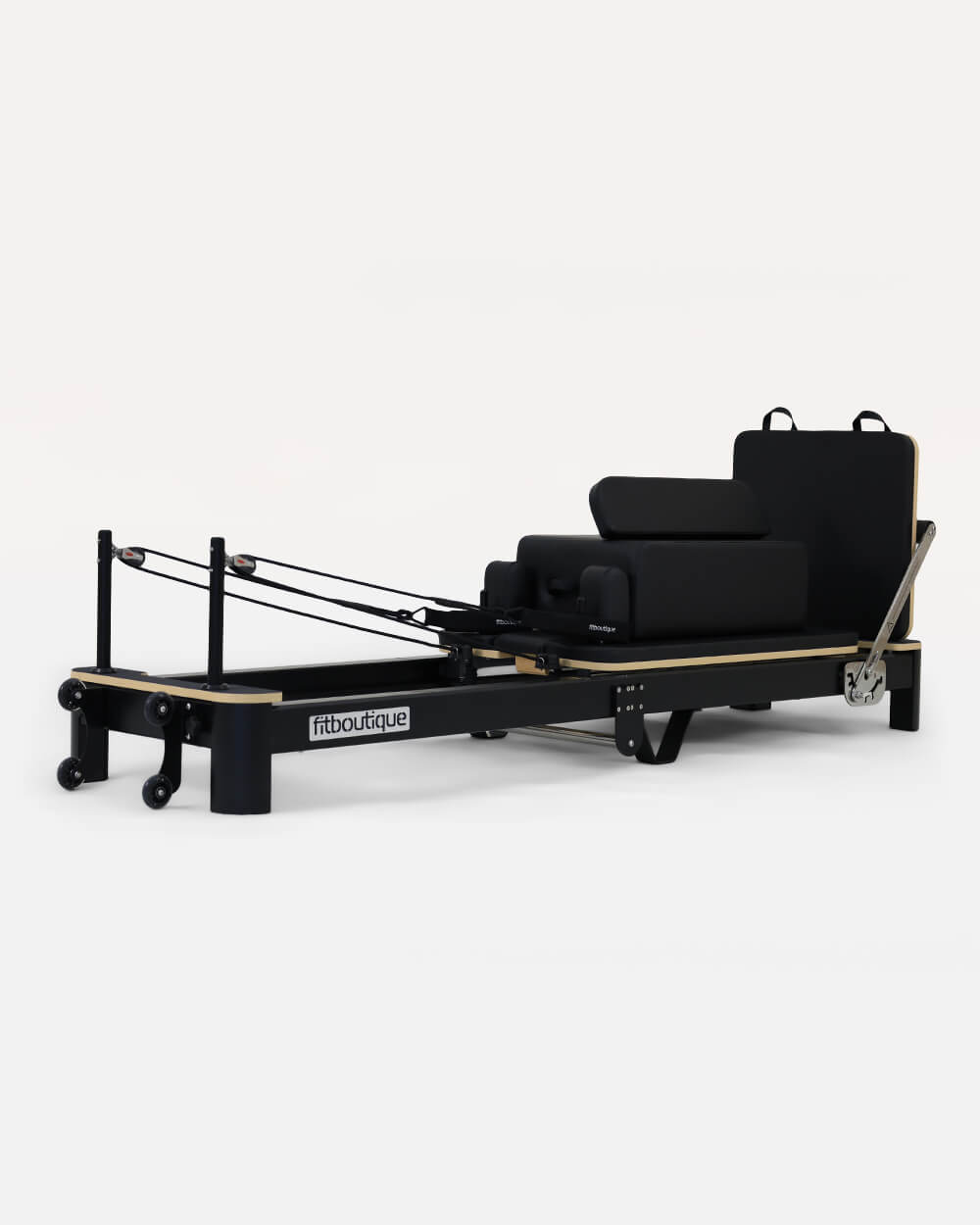
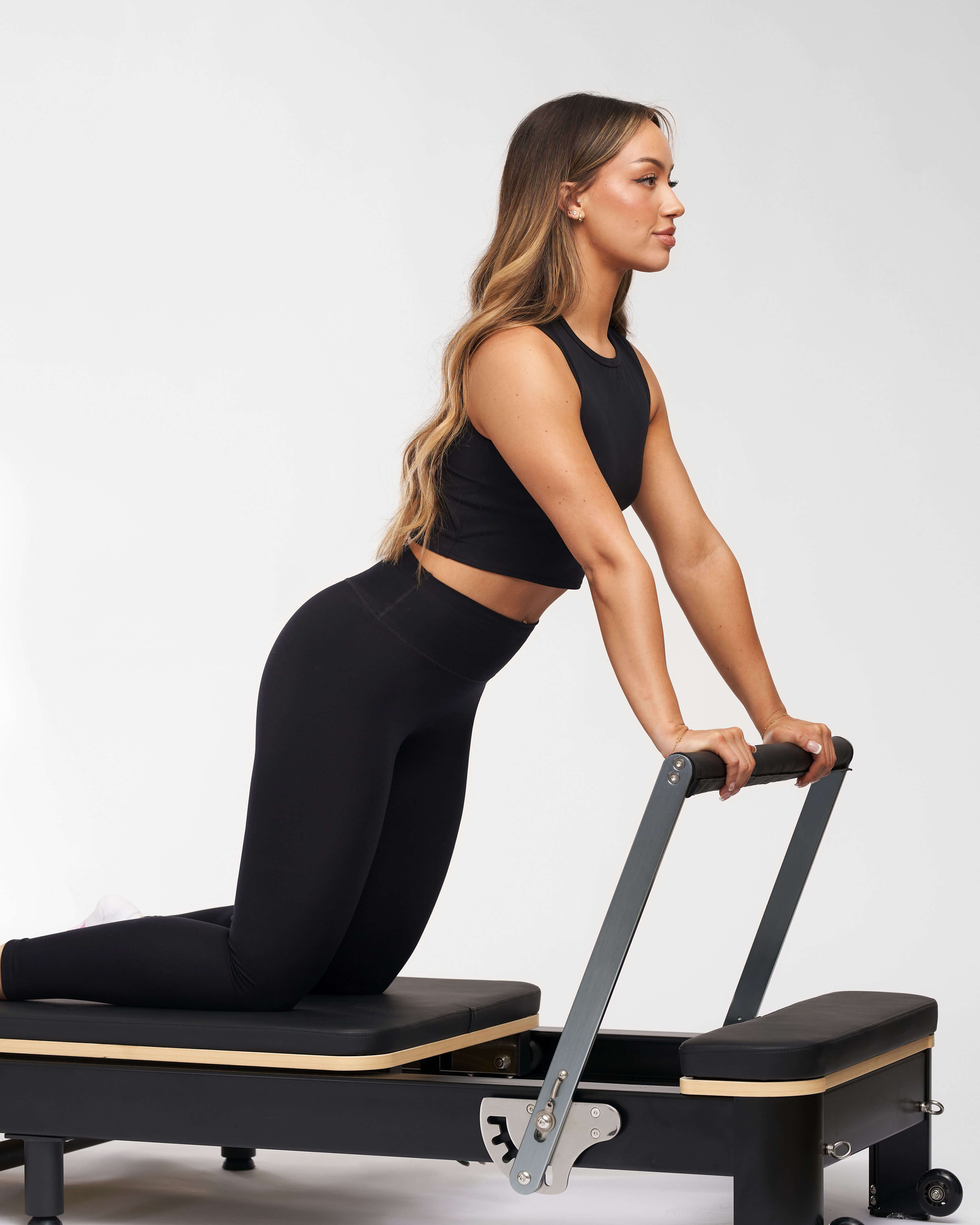
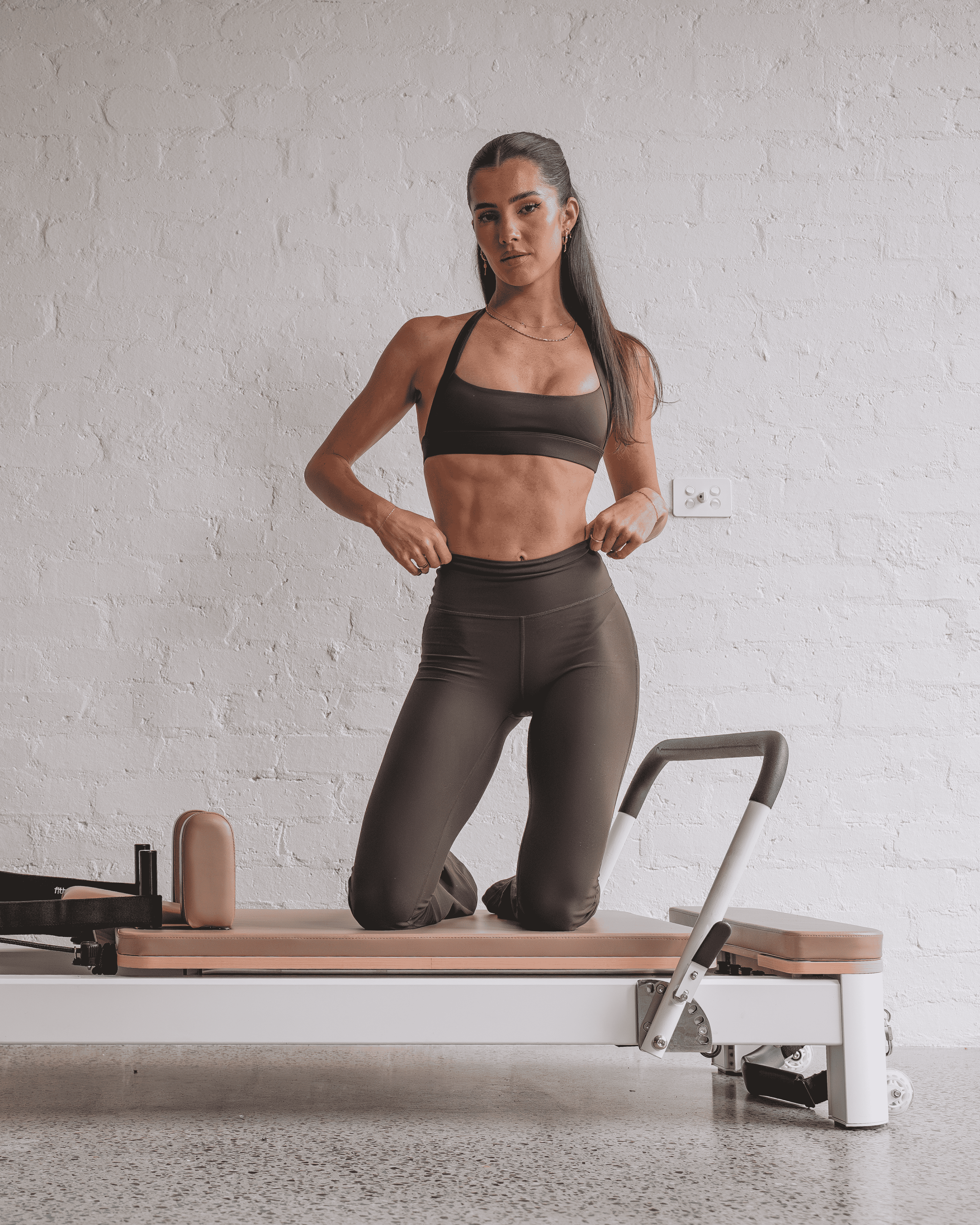
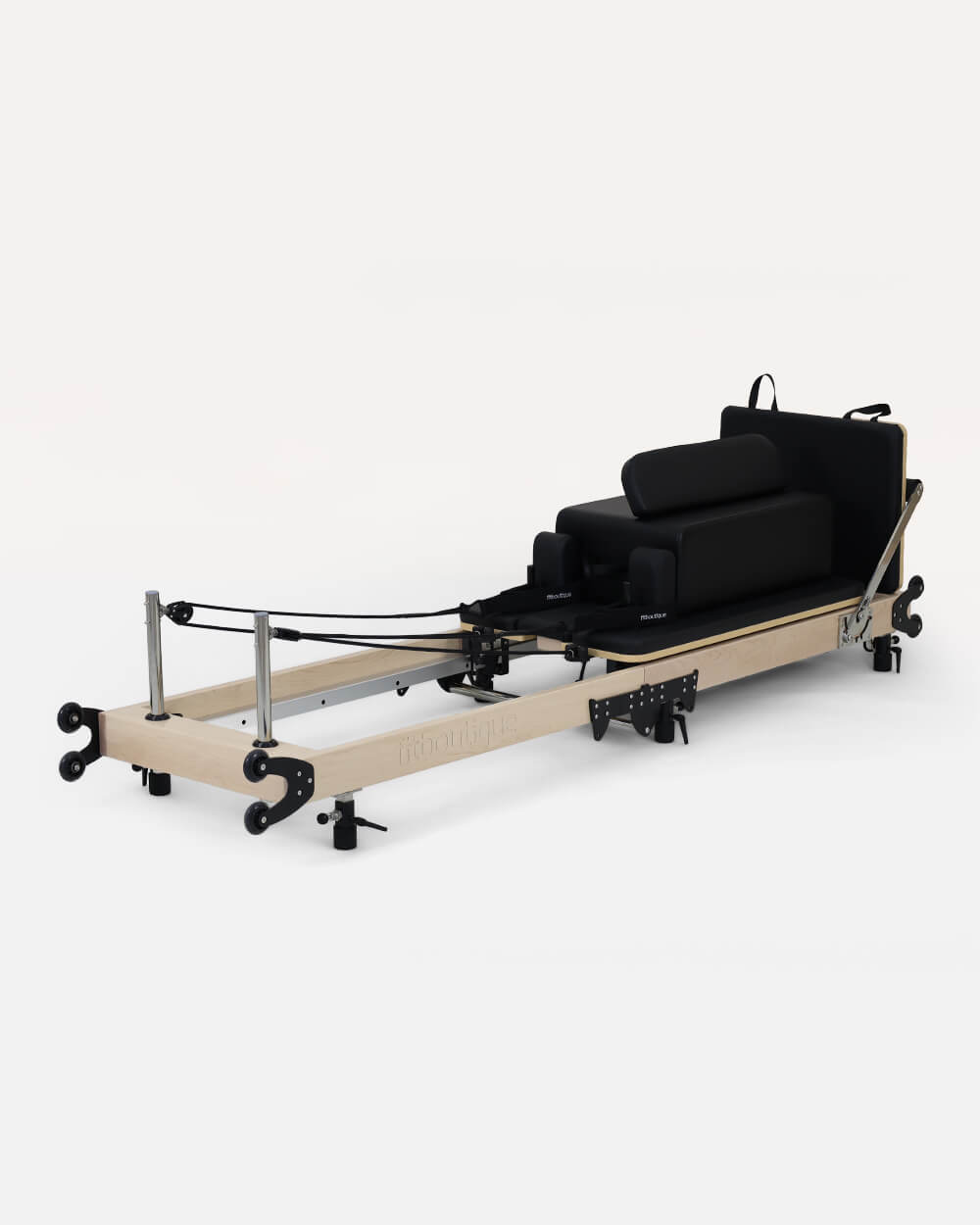
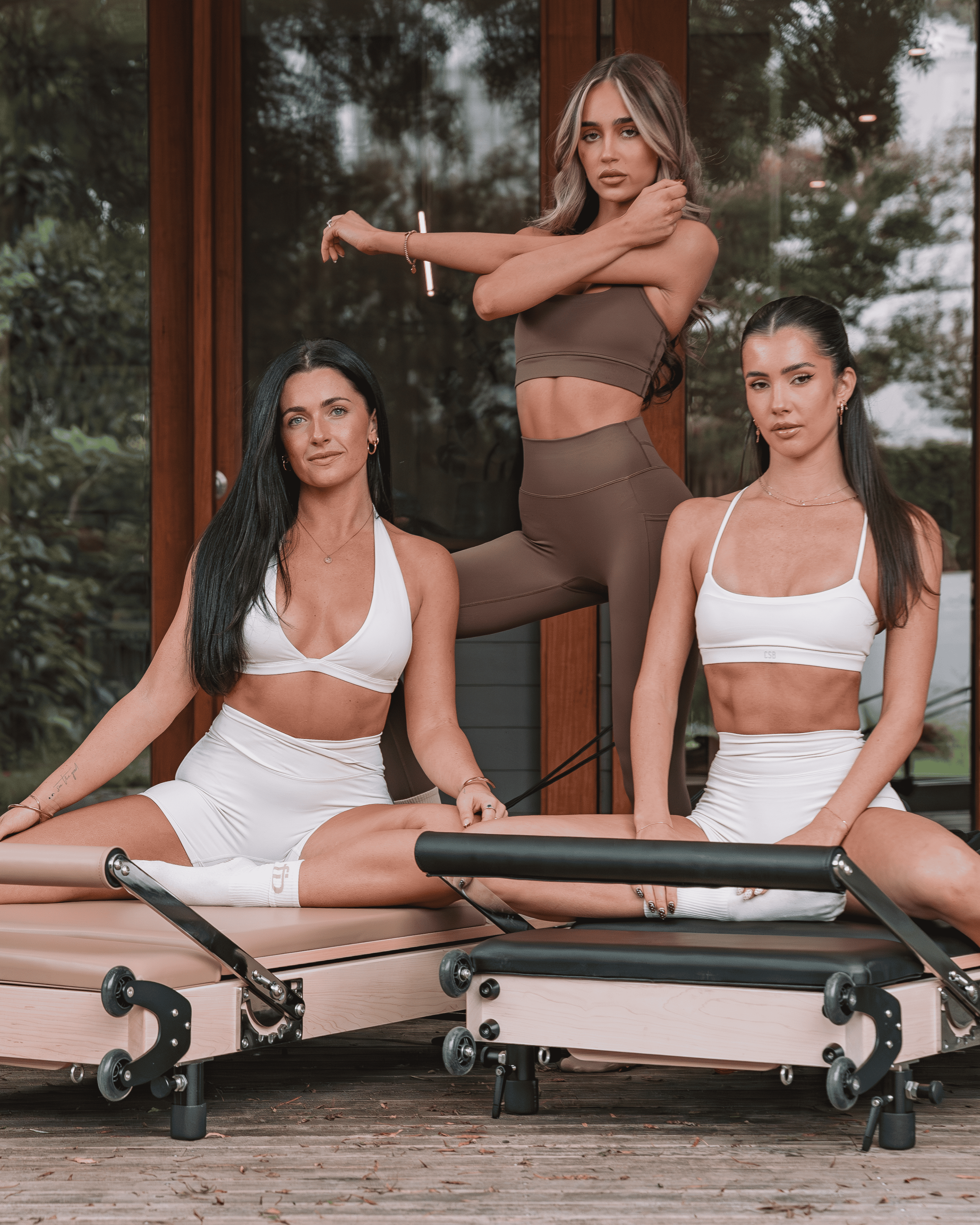
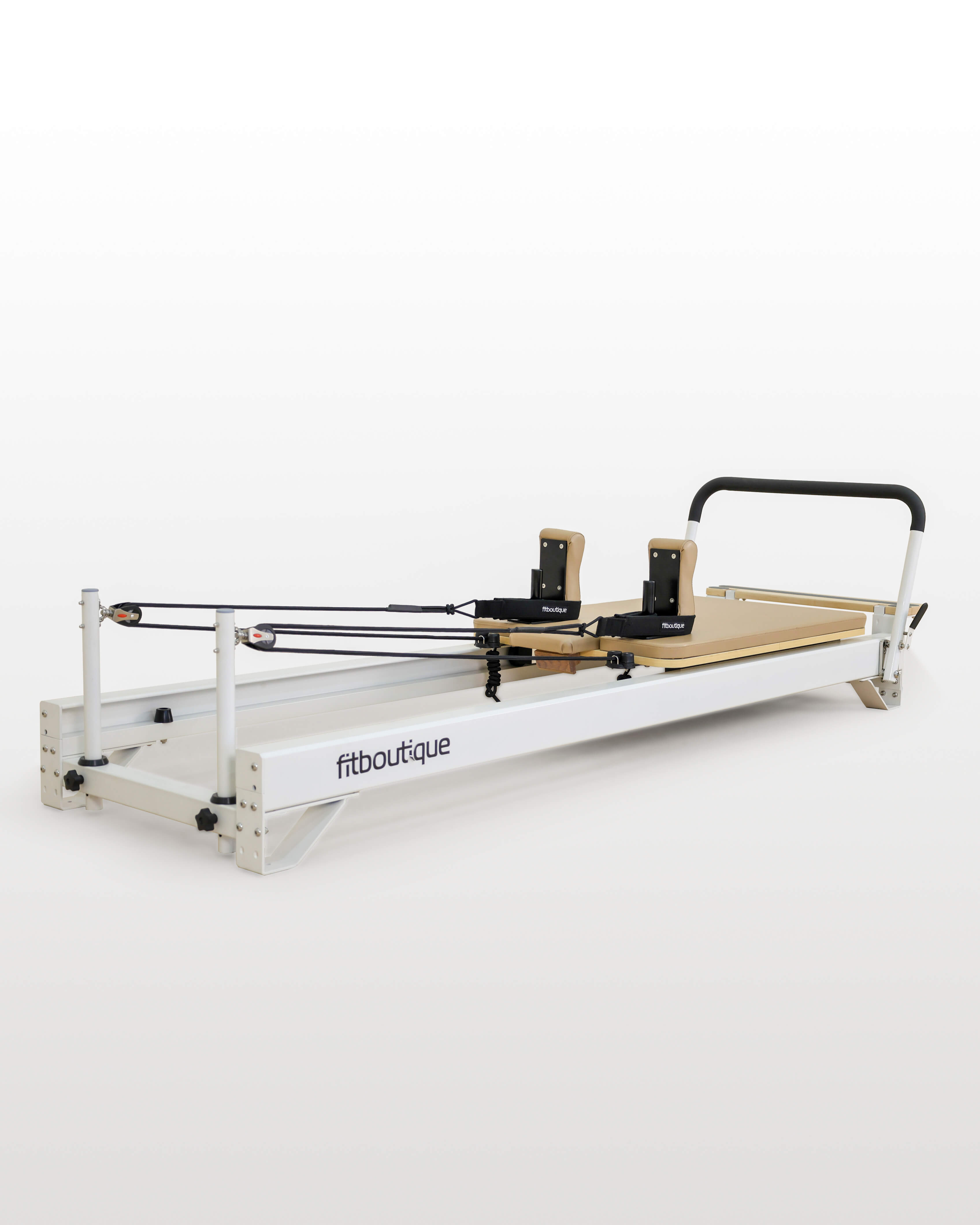
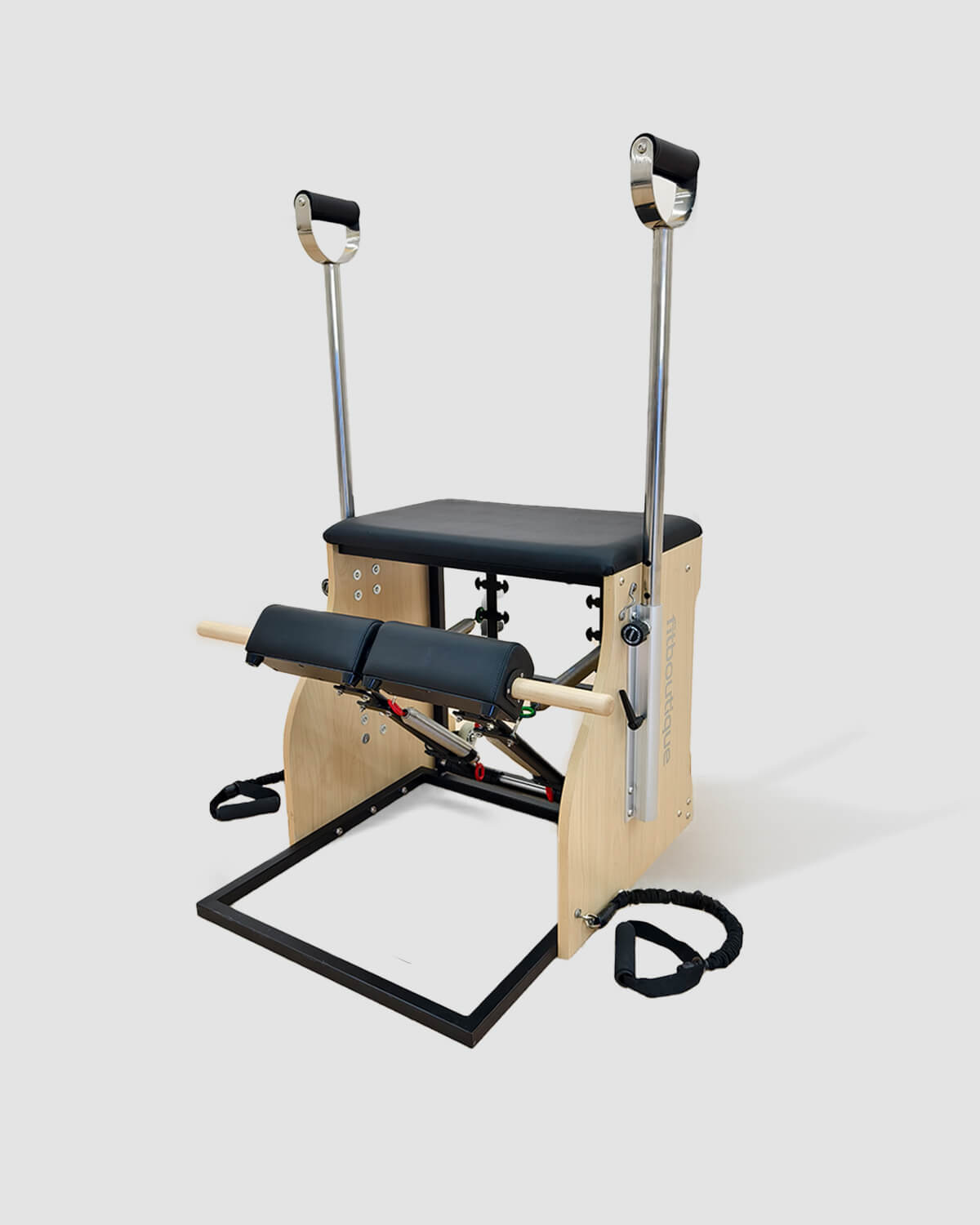
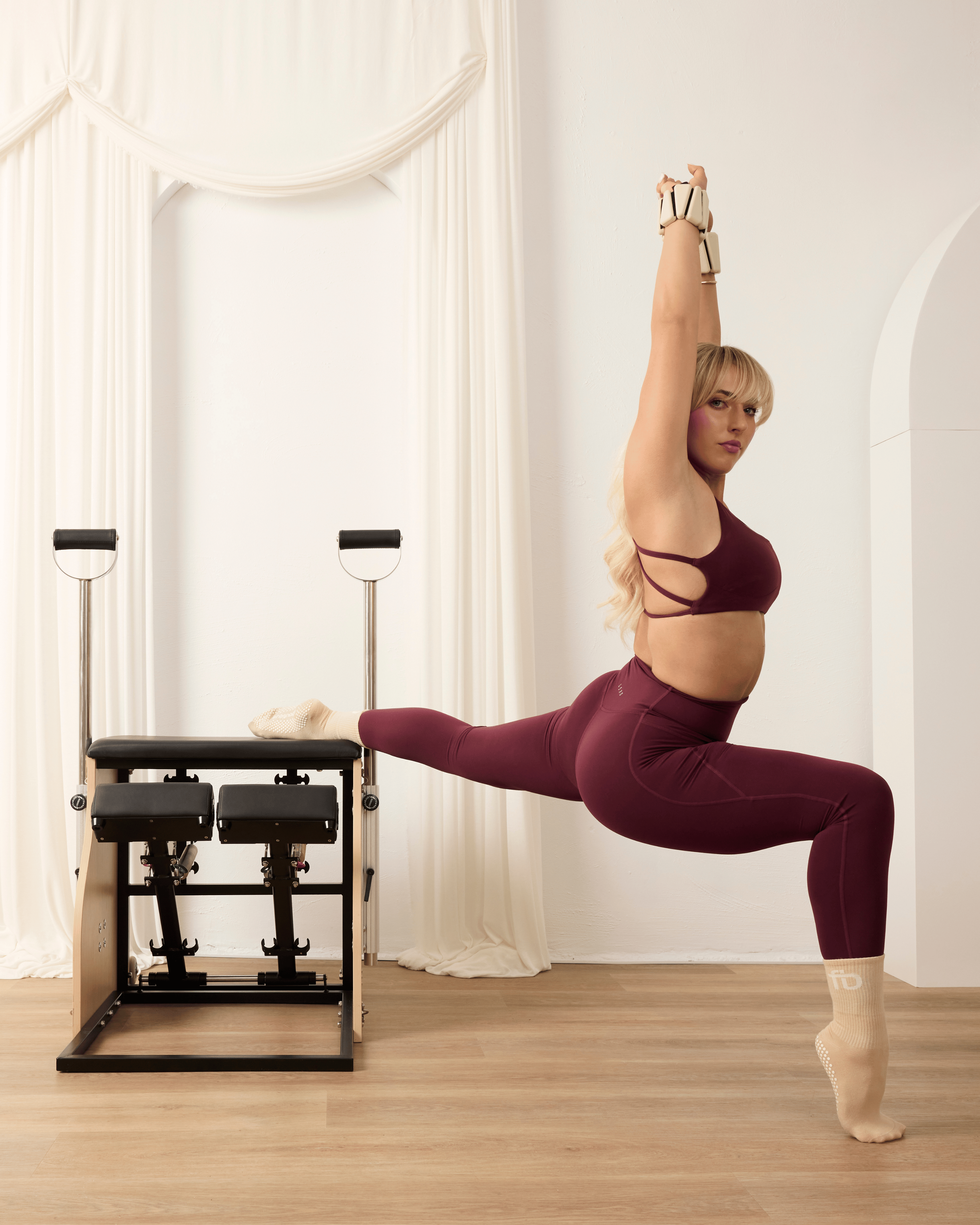
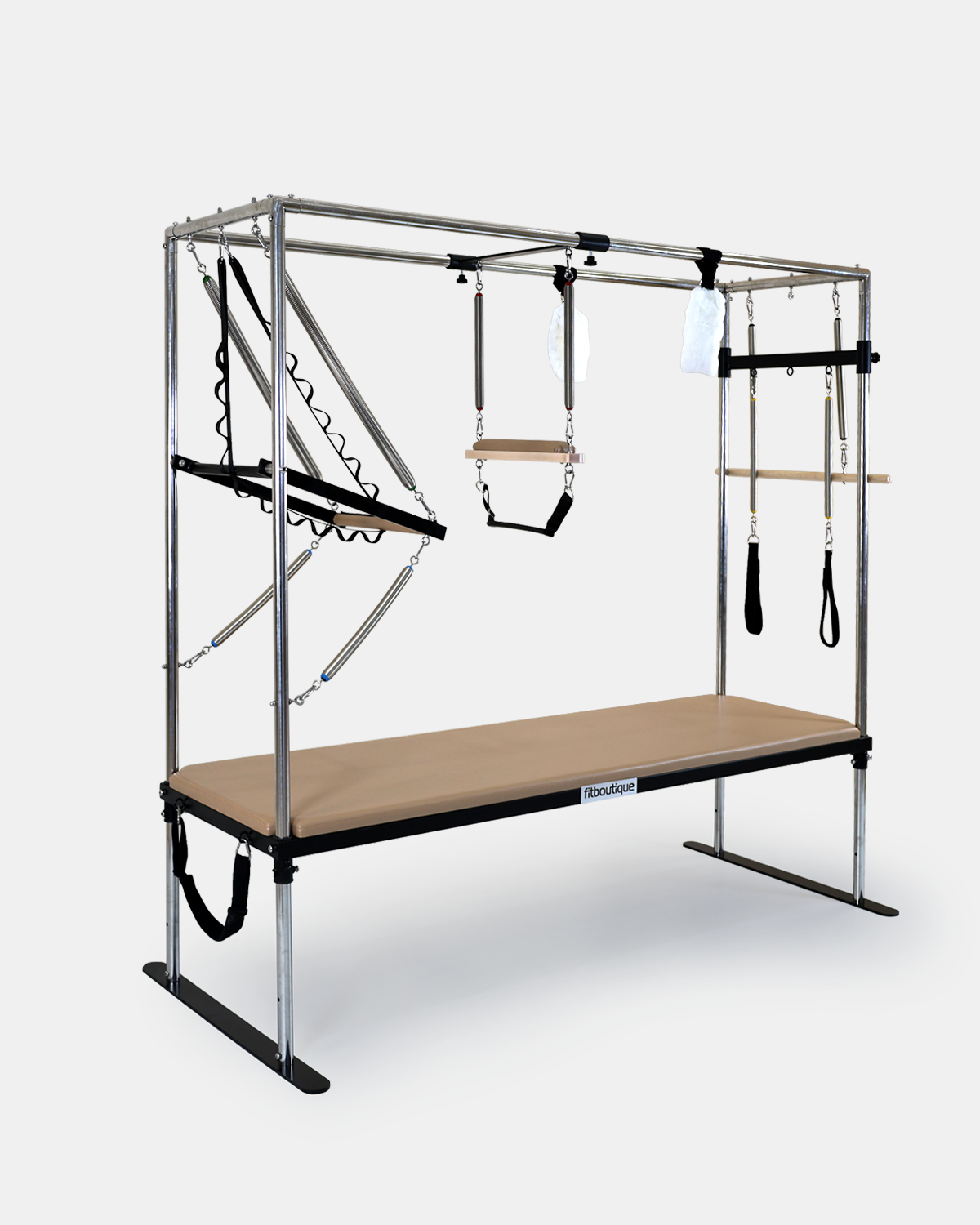
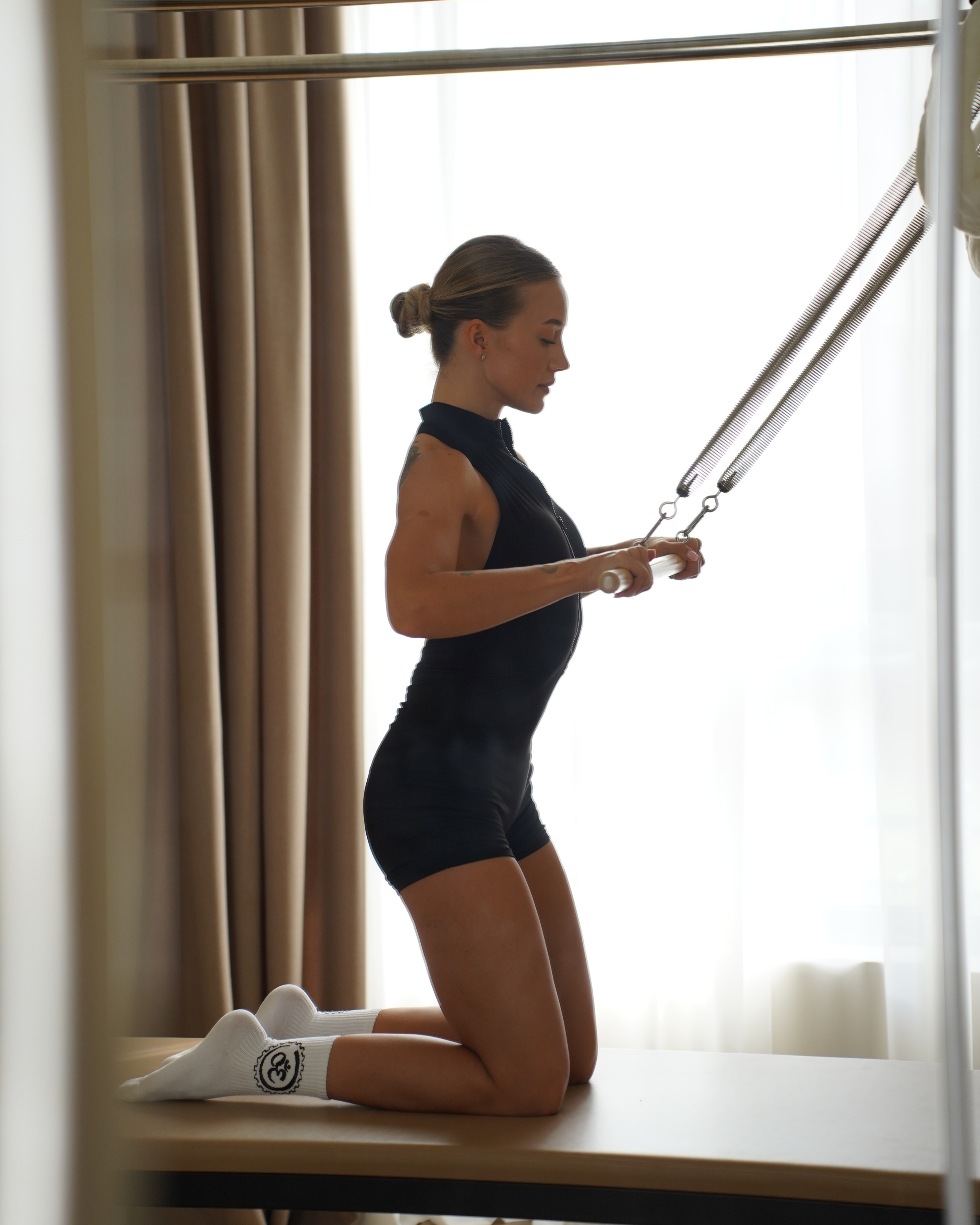
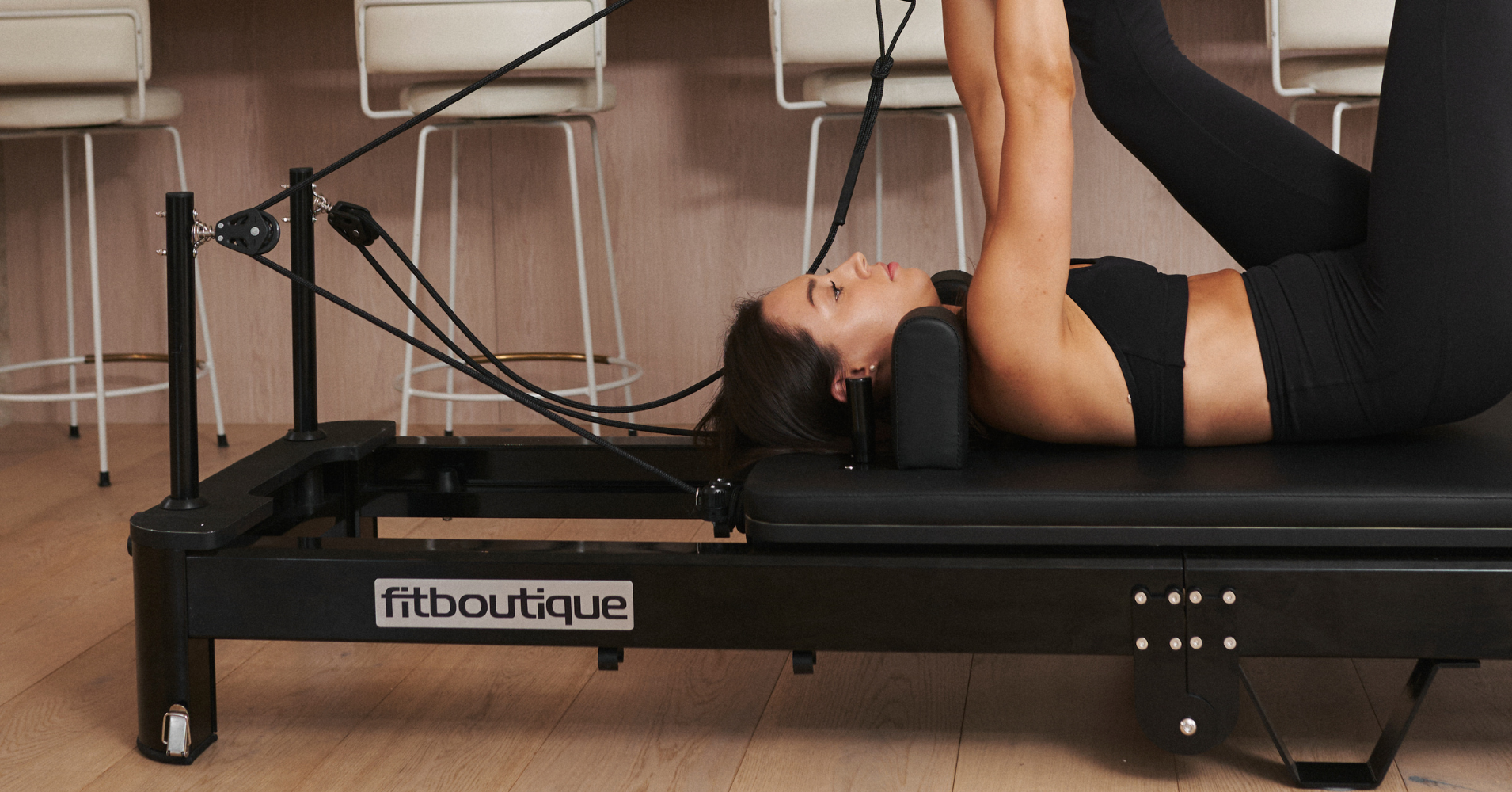
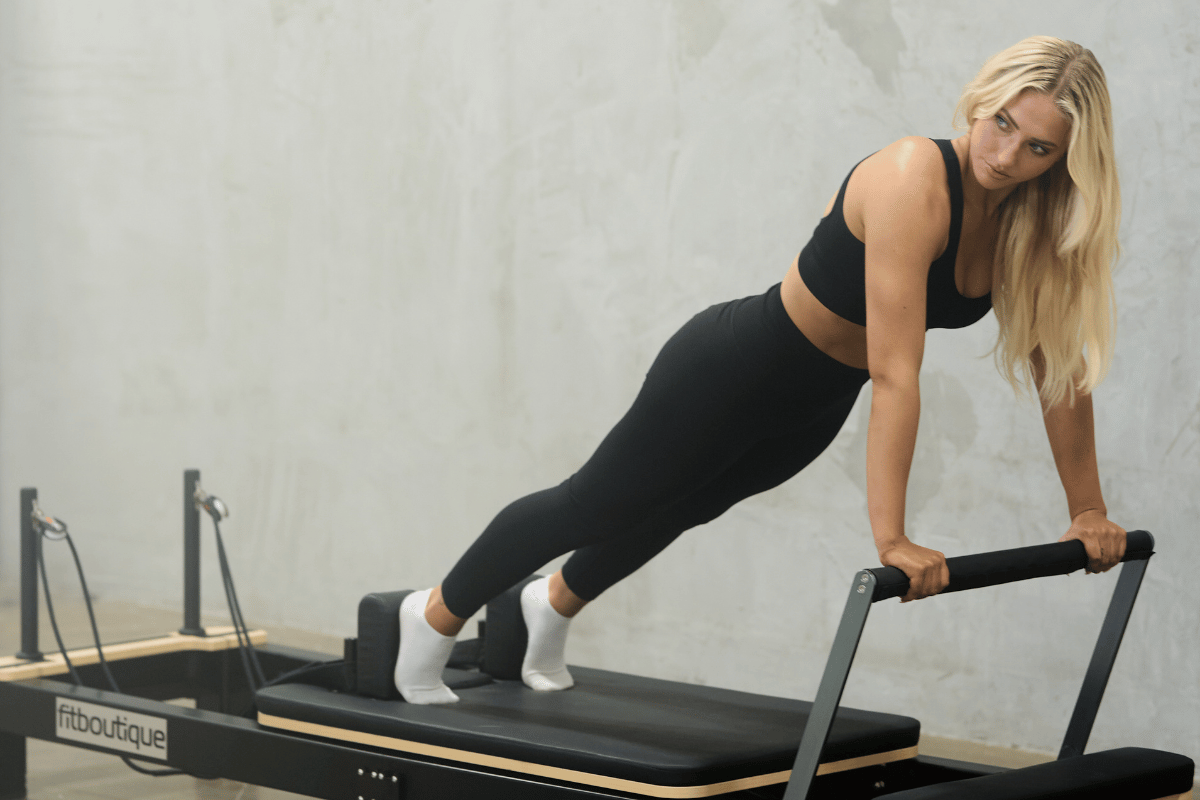
Leave a comment